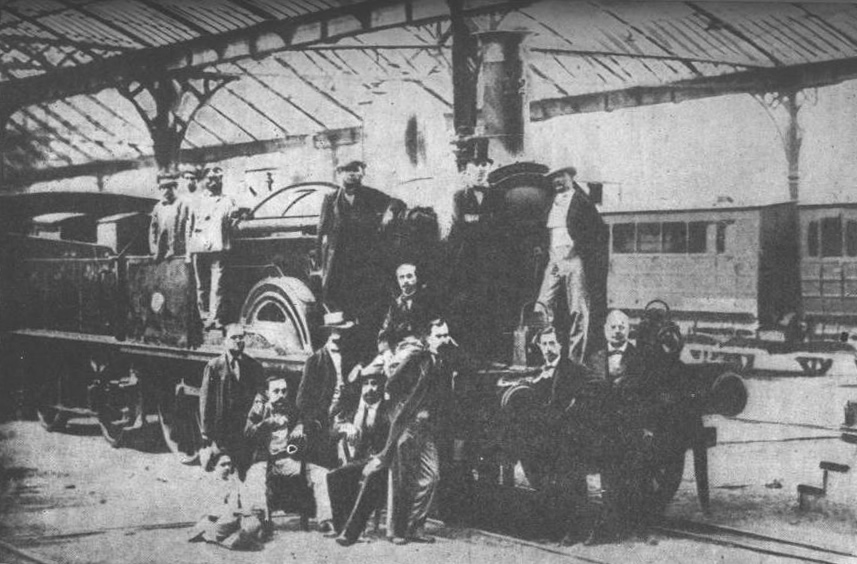The Beginnings: A Messy, Slow Start
Spain’s railways? They didn’t roll in with a grand entrance. More like they tripped over their own feet and hoped for the best. Britain was already stitching the country together with iron and steam, while Spain? Spain had mountains in the way, long stretches of empty land, and politicians who couldn’t quite make up their minds if trains were genius or a disaster waiting to happen.
Then, finally, 1848. A single track—Barcelona to Mataró. Just a coastal hop, really. But was it a sign of things to come? Sort of. Instead of a well-thought-out expansion, the network sprawled like a kid drawing train tracks with no real plan. Some routes linked up. Others? Not so much. It was like trying to assemble a puzzle when half the pieces were under the couch. Functional? Occasionally. Frustrating? Absolutely.
Renfe: Spain Tries to Get Its Act Together
Fast forward to the early 20th century, and—shockingly—things were still a mess. Some places had okay train service. Others? You’d be better off with a horse. Different track sizes, schedules that felt more like suggestions, whole stretches of track that barely seemed maintained. Taking a train across Spain back then? Pack for a long, unpredictable journey. And maybe a backup plan. Or two.
So, 1941. Renfe (Red Nacional de los Ferrocarriles Españoles) was born. The idea? Unify the chaos. Standardize the tracks. Make the whole thing work. And, to be fair, it kind of did. Steam trains gave way to diesel, then electric. Travel times got better. But was this some golden age of Spanish rail? Not really. That part was still warming up in the station.
AVE: Spain Finally Gets Serious About Speed
1992.
The AVE (Alta Velocidad Española) arrives, and just like that, Spain wasn’t just catching up—it was leading. Madrid to Seville in record time. Sleek, futuristic, fast. Really fast.
This wasn’t just about travel—it was a flex. A “look what we can do” moment. Gone were the endless road trips and slow, bumpy rides. Suddenly, flying between Spanish cities seemed like a waste of time.
And they didn’t stop there. Now? Over 3,000 kilometers of high-speed track zip across Spain. Madrid to Barcelona? Two and a half hours. Málaga, Valencia, Alicante—blink and you’re there. If you’re still squeezing into a budget airline seat for domestic travel, you’re doing it wrong.
Slow and Scenic: The Trains That Make You Want to Linger
Not every train needs to be a bullet. Some are meant to drag things out, and that’s the beauty of them.
- The Transcantábrico – It moves at the speed of a relaxed Sunday morning, but that’s the point. Think rolling luxury hotel crawling along the northern coastline, hitting Asturias, Galicia, and the Basque Country with endless scenery and no stress.
- Ferrocarril de Sóller – A wooden relic in Mallorca that’s been clattering through tunnels and orange groves since 1912. Feels like someone hit the pause button on time.
- Rodalies de Catalunya – No romance, no frills, just Barcelona’s commuter trains getting people where they need to be. Not pretty, but necessary.
The Future: Less Planes, More Trains, and No More Excuses
Spain’s rail story isn’t finished. Private companies like Iryo and Ouigo have muscled in, shaking up Renfe’s monopoly. More competition, better prices, and—thankfully—fewer excuses to take short-haul flights when a train will do just fine.
Sustainability is the next mission. More electric trains, fewer emissions, making rail the default way to travel instead of an afterthought. If Spain keeps this up, airports might start feeling a little lonely.
And for train nerds like me? This is paradise. High-speed rockets, charming old-school rides, routes that make you stare out the window for hours. And the best part? There’s still so much track left to explore.

No responses yet